By Joe Vigil
Most high school students would agree that one-of-a-kind opportunities almost never manifest themselves on school grounds, during school hours.
However, the 40 or so students who were selected to sit in on an intimate conversation with Supreme Court Justice Sonia Sotomayor during lunch and third period on August 28 (coincidentally the 50th anniversary of Dr. Martin Luther King Jr.’s “I Have A Dream” speech) do not constitute most high school students and would likely disagree with the aforementioned reasoning.
Sotomayor, who appeared at the behest of reading and English teacher Jennifer Marquez, arrived at Marquez’s classroom just after 11 a.m., to a standing ovation from the students and teachers present. She immediately began discussing what her life is like, was like and what she had to do to become a Supreme Court Justice. She explained that with her job (which she has the option to keep for the rest of her life), she has the “plus of getting to meet the President,” but the “negative is you can’t sit with the guys in the back (of the classroom),” and sit back and absorb the small joys in life much anymore. She continued to say that she got to the Supreme Court with “a little bit of luck and a lot of, lot of hard work.”
Sotomayor elaborated that she grew up in a housing project in the Bronx with Puerto-Rican-born parents who spoke only Spanish at home. It was not until fifth grade that she “woke up,” began to understand English and became a good student. She shifted gears by saying that several people guided her to make good choices and let her audience know that most people don’t realize that they can determine their own quality of life and consciously determine whether or not to be a good or bad person.
“The path you choose will lead to happiness or not liking who you are or the people around you,” she stated. She concluded her introduction by saying that, in choosing to pursue a goal or a dream, “The process will be worth the effort, and that’s what makes it worthwhile.”
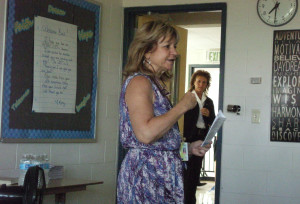
Sotomayor then opened the floor up to questions from the audience. History teacher Stephanie Rossi, who had given the students some background information on Sotomayor and the Supreme Court before the Justice arrived, was the first to speak up and asked about what Sotomayor thinks her role in Dr. King’s dream has been. “‘I Have a Dream’ was about how much we still have left to do,” she explained. “(It) opened eyes of America to reach goals higher than we thought we could.”
Next was senior and Student Body President Joe Wirth, whose question about whether or not she knew what she wanted to be in elementary school revealed that she had wanted to be a detective like her idol and first positive law enforcement role model, Nancy Drew, but was told that she could not detect because of her diagnosis with juvenile diabetes. The news crushed her, but she remained interested in law after learning what a lawyer was from TV character Perry Mason, and eventually decided that helping people through the law was the right career choice for her.
Sotomayor then answered senior and NHS President Michael Coyne’s question about dealing with the pressures placed on her by saying that “You have to have your own moral code. In a courtroom, there is always someone who feels the law has wronged them. I have an obligation not to the issue but to an approach to the law.”
After an unsuccessful attempt to goad the previously silent right side of the room into questioning her, Sotomayor took a question from a reporter and shared a laugh with the rest of the room when he introduced himself as such, saying “I should have known,” in reference to the journalist’s avid note-taking. His question about what the Supreme Court uses besides precedent to guide its decisions was answered thusly: less than one percent of all cases are not solved by precedent, and those are the ones that entail the hardest questions and make it to the Supreme Court. What guides the justices, then, in the absence of a prior Supreme Court case to set the precedent for the ruling, is a set of beliefs about the Constitution’s most important principles that make the government work best and an understanding of the constitution and its guarantees.
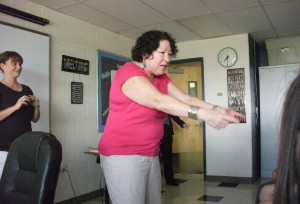
Sotomayor then answered a set of questions relating to the most challenging obstacles she has had to overcome. In the day’s first question from the right half of the room asked by sophomore Andrew Chavez, she was able to relate the difficulties she experienced while trying to learn English in grade school. She then explained to junior Hallie Coyne that the hardest choice she has ever had to make was accepting President Obama’s nomination of her for the Supreme Court, saying that the fear she has been plagued by for most of her life threatened her ability “to stay in the race and win it.”
“When fear is holding you back, you have to take a big gulp and try,” she said. “Ultimately from every failure you learn something.”
When again queried about pressure, this time relating to specifically the pressure she feels as both a Hispanic and a woman, Sotomayor answered junior Meghan Lundgren’s question by saying that “As long as I stay true to my core morals, if people are disappointed in my ruling, I hope they won’t be disappointed in me as a person.”
The Coyne family scored a hat trick when sophomore Austin Coyne asked Sotomayor if she ever feels limited by the Constitution when ruling, in the process becoming the third Coyne sibling to ask the Justice a question. She answered by saying that sometimes there are two strong right answers that are constitutionally backed and you have to choose between the two. She explained that there is beauty in the imperfection of the system of law in that you cannot accommodate what is best for all people but she believes that as a society we will figure out the right answers eventually, albeit sometimes painfully.
Students were allowed a glimpse into Sotomayor’s private life when sophomore Navi Ibarra asked what happens in the Supreme Court when nobody’s looking. “We’re careful,” Sotomayor said. “Everything we do is under scrutiny. People watch and look at us very carefully.” She then told a story about how she and a friend were casually talking about how to prepare chicken on a street near her home and the next day, an article appeared in the paper about how she likes her chicken prepared, blowing a friendly conversation out of proportion and indicating that a reporter had been present somewhere along the way. “You have to be careful about who you trust, even among friends.” She concluded by saying that she rarely talks in open ways about cases to anyone.
As the questioning session began to wind down, Sotomayor could only answer two more students. First, when a student asked if she had ever had any second thoughts in her rulings, she answered that while she was a circuit court judge, she had followed sentencing guidelines rigidly. She later felt remorse for some of her decisions when she discovered that senior judges often decided on cases more freely, acting more on what they thought was right then a set of guidelines.
Finally, senior Vashon Averee Mason asked Sotomayor what her thoughts on the Trayvon Martin ruling were. She said that news sources on court rulings are incomplete, but it was “A tragedy that we had to lose someone to show we still have a long way to go with race relations.” However, she did think that some good had come of the case. “The social conversation can’t bring Trayvon back, but it might make a security guard think twice before acting on a stereotype.”
Sotomayor concluded the afternoon by saying she “Can’t guarantee you’ll become a Supreme Court Justice, but you can achieve your dreams, some of them.” She then told the audience that if any of them ever become a judge, “Write me, and I’ll swear you in.”
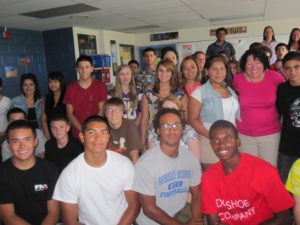
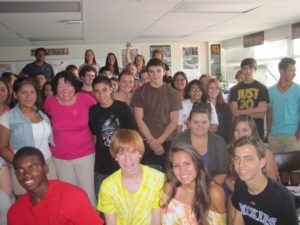
Before everyone was dismissed, Sotomayor was given a keepsake of a Farmer shirt and lanyard by Marquez to remind her that she will “always be a Farmer.” Finally, everyone present squeezed into a cramped group photo before saying goodbye to the Supreme Court Justice and being ushered out of the room by school administrators and U.S. Marshalls. Then, as quickly as she had arrived, Supreme Court Justice Sonia Sotomayor vanished from the campus of Wheat Ridge High School.

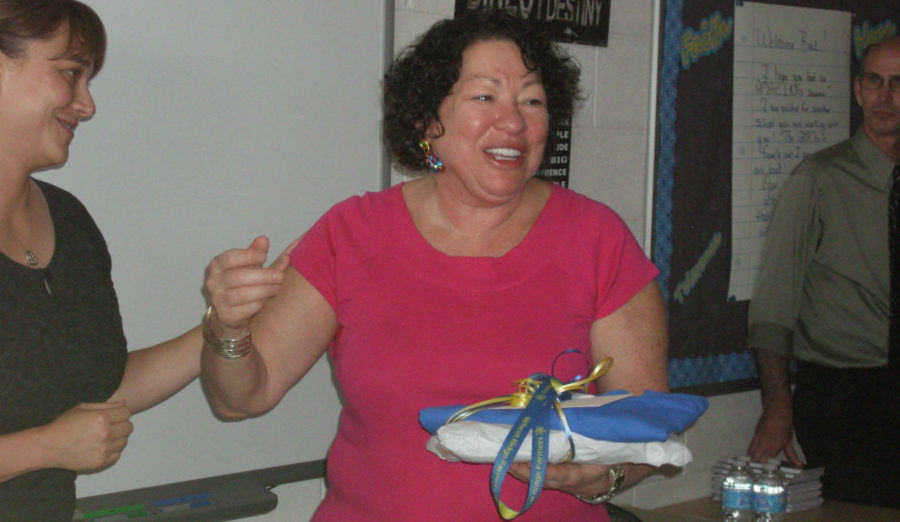
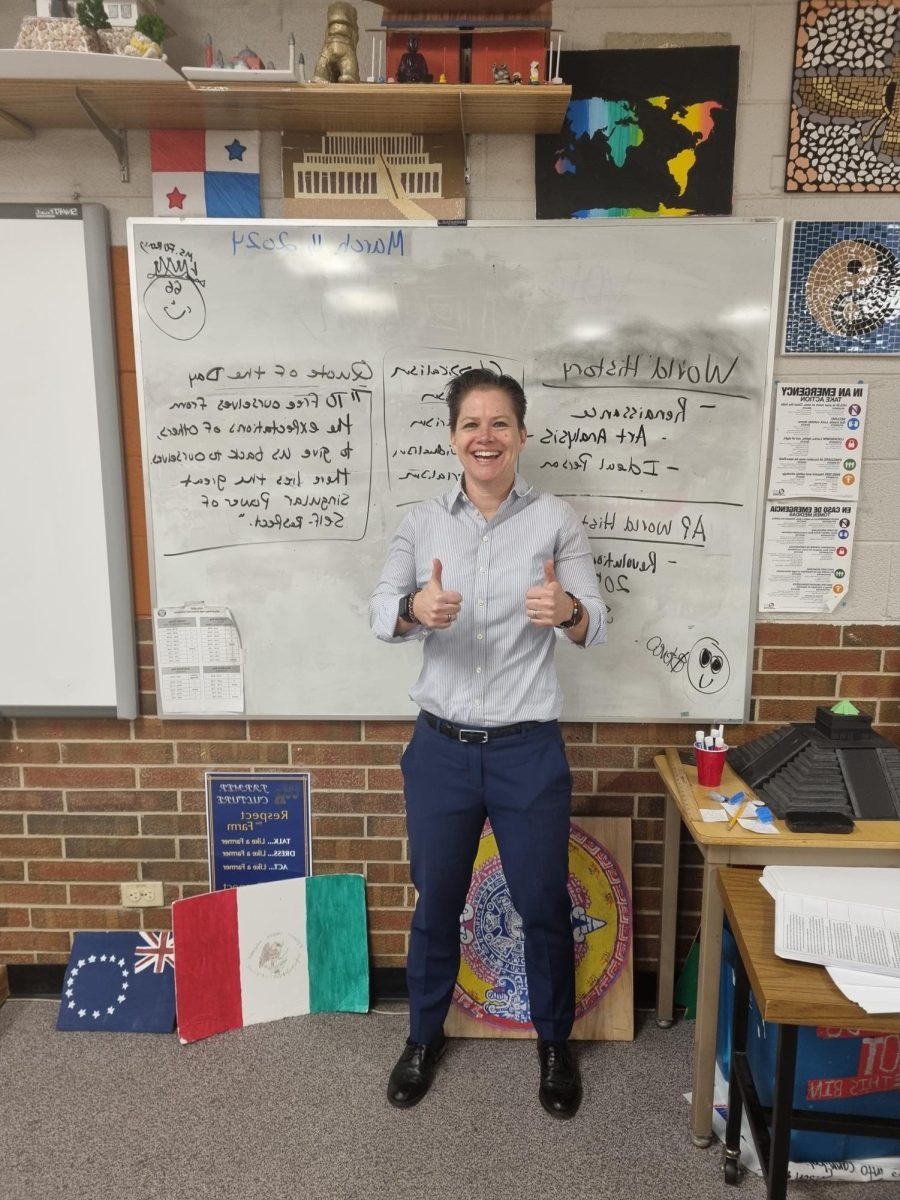
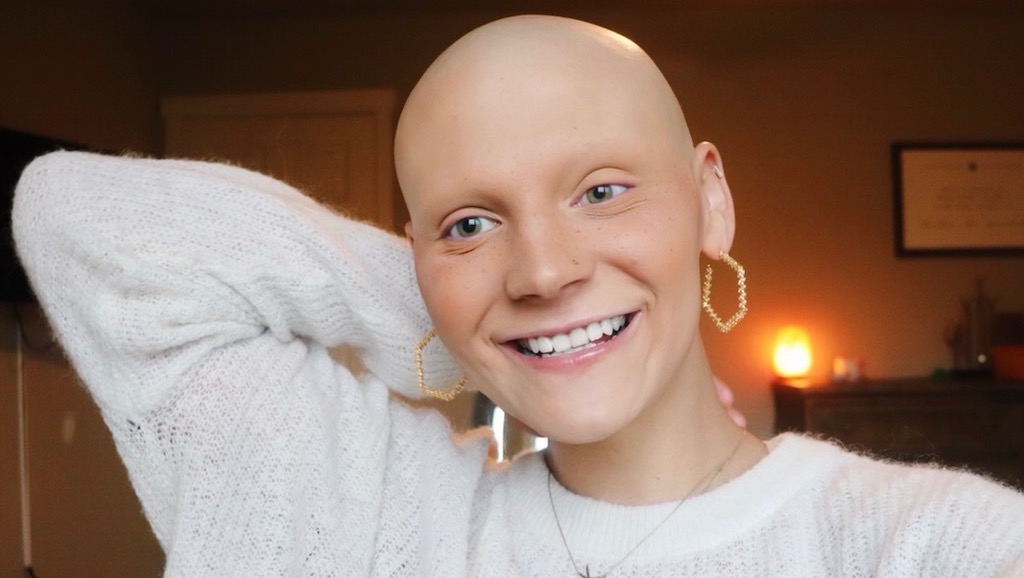


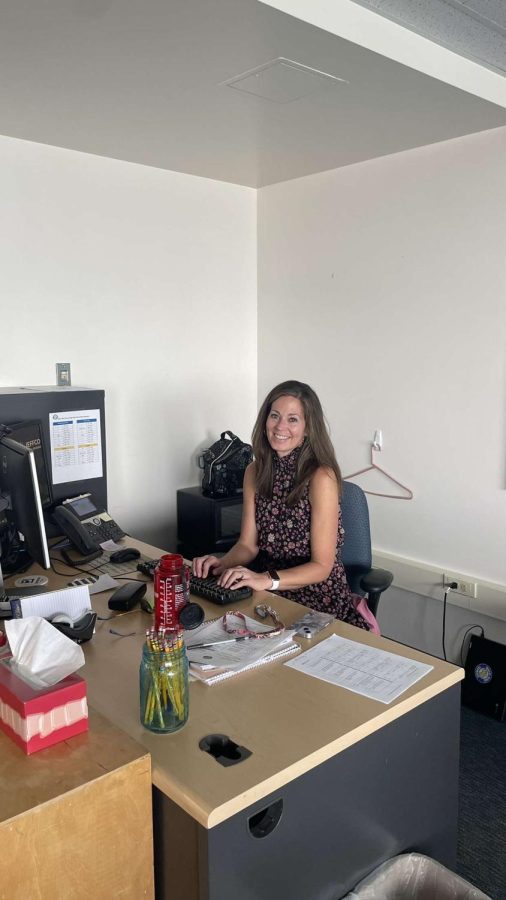

Wheat Ridge Theater • Sep 23, 2013 at 10:27 pm
Fantastic Article! We had no idea she visited the school.
Jack • Sep 13, 2013 at 8:27 pm
This was pretty cool that she came here and funny that the Coynes got a hat trick.